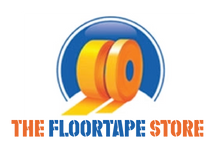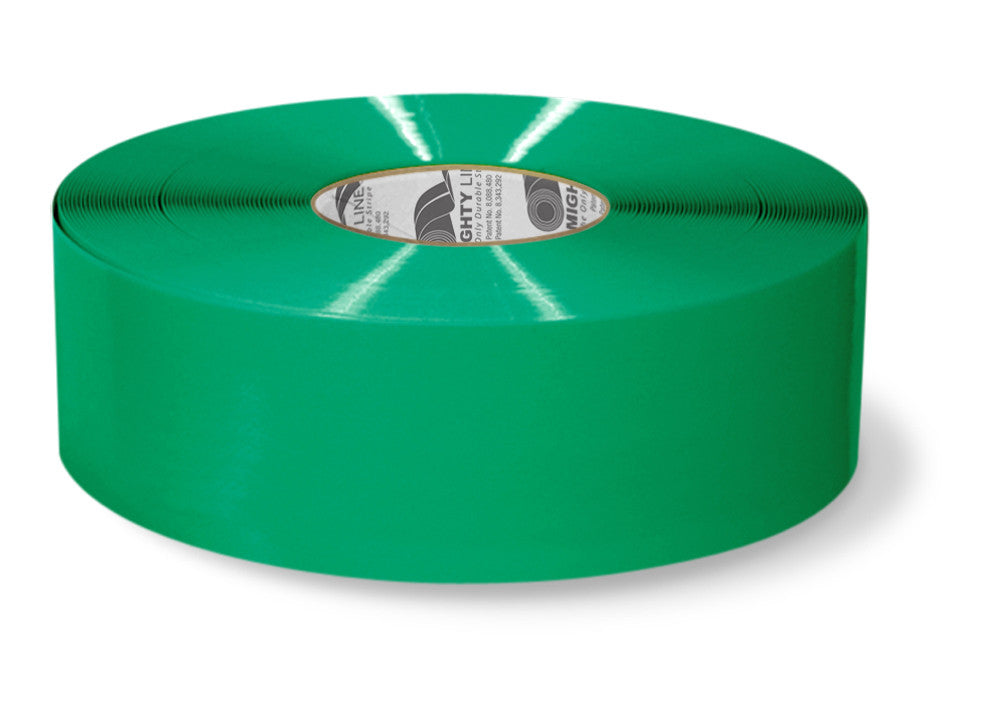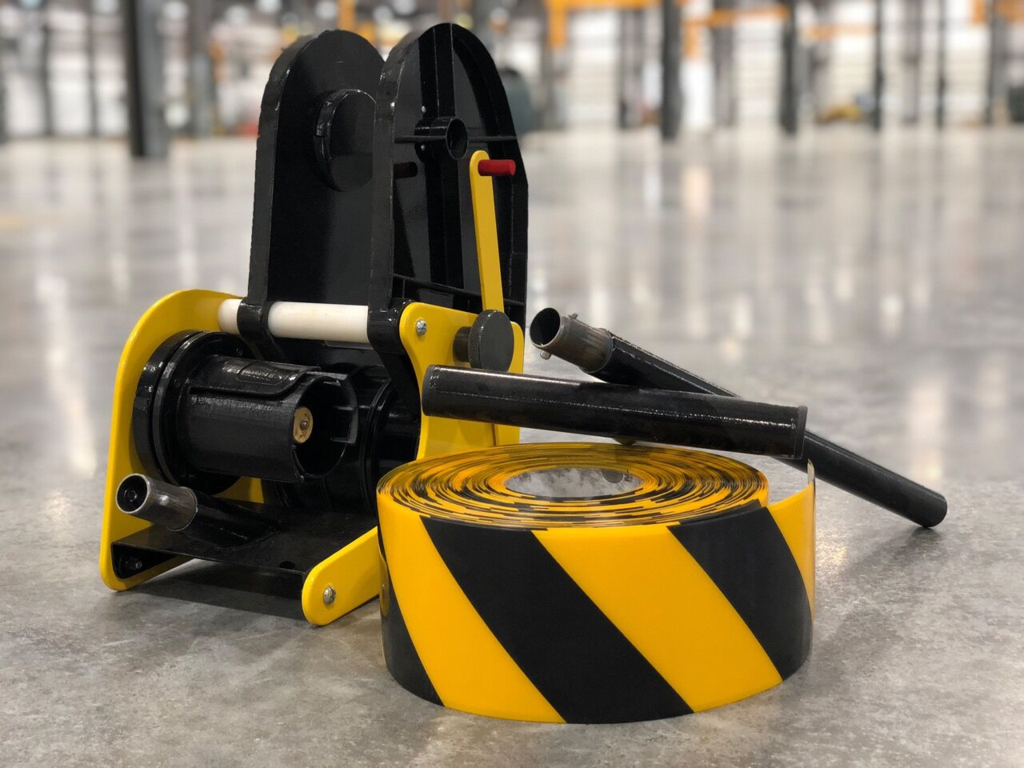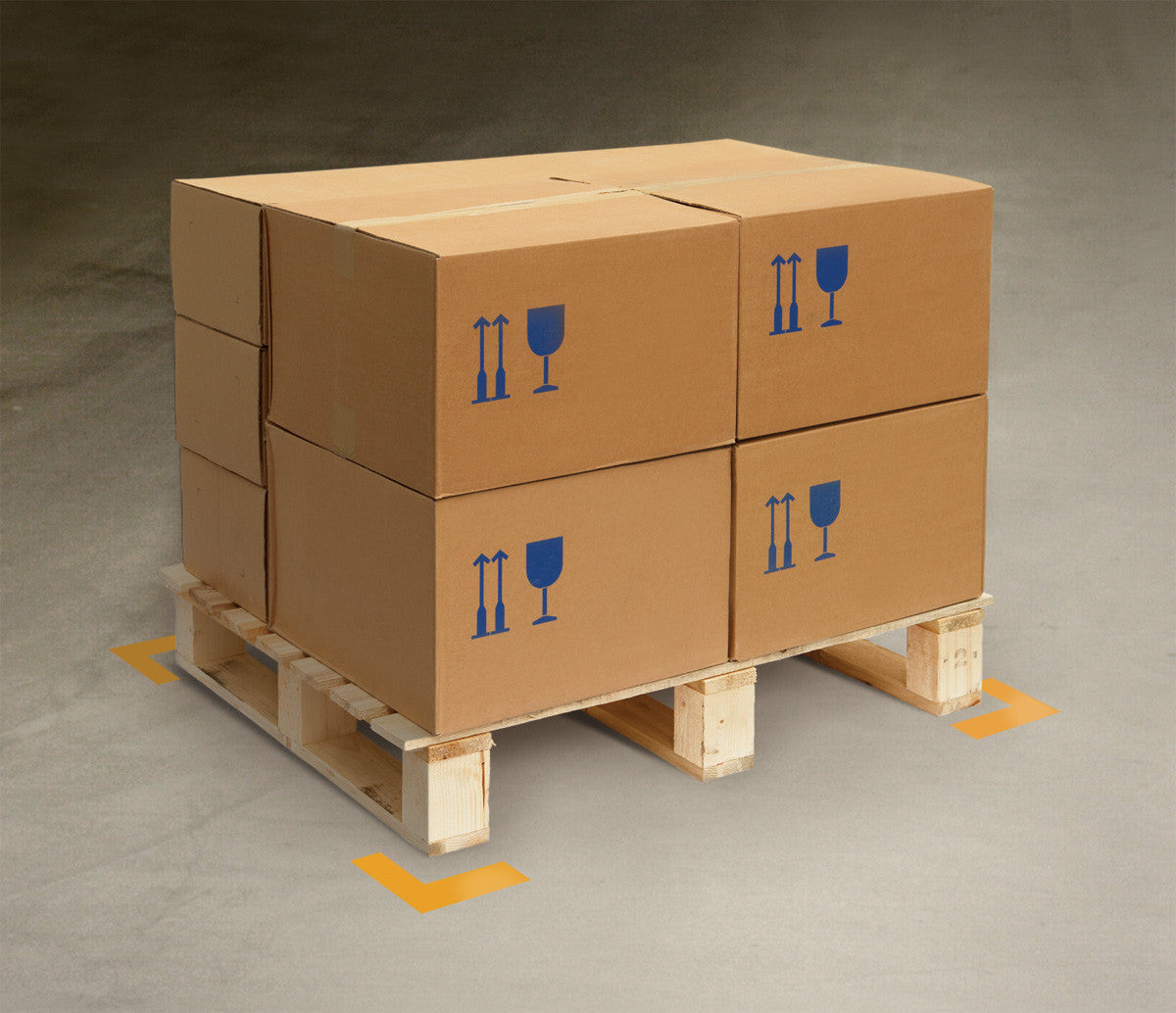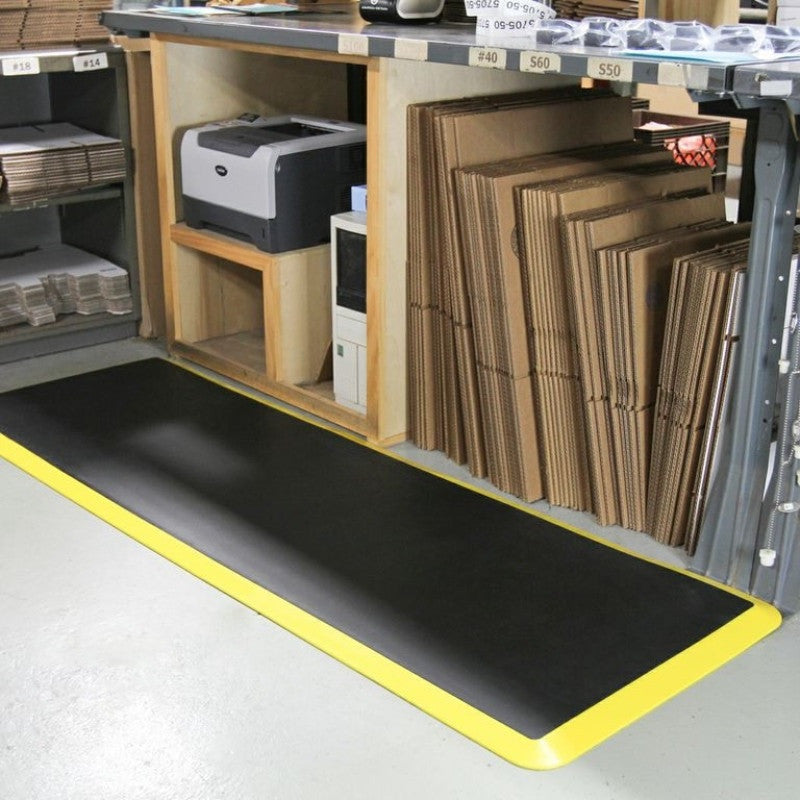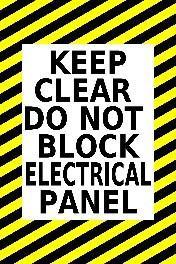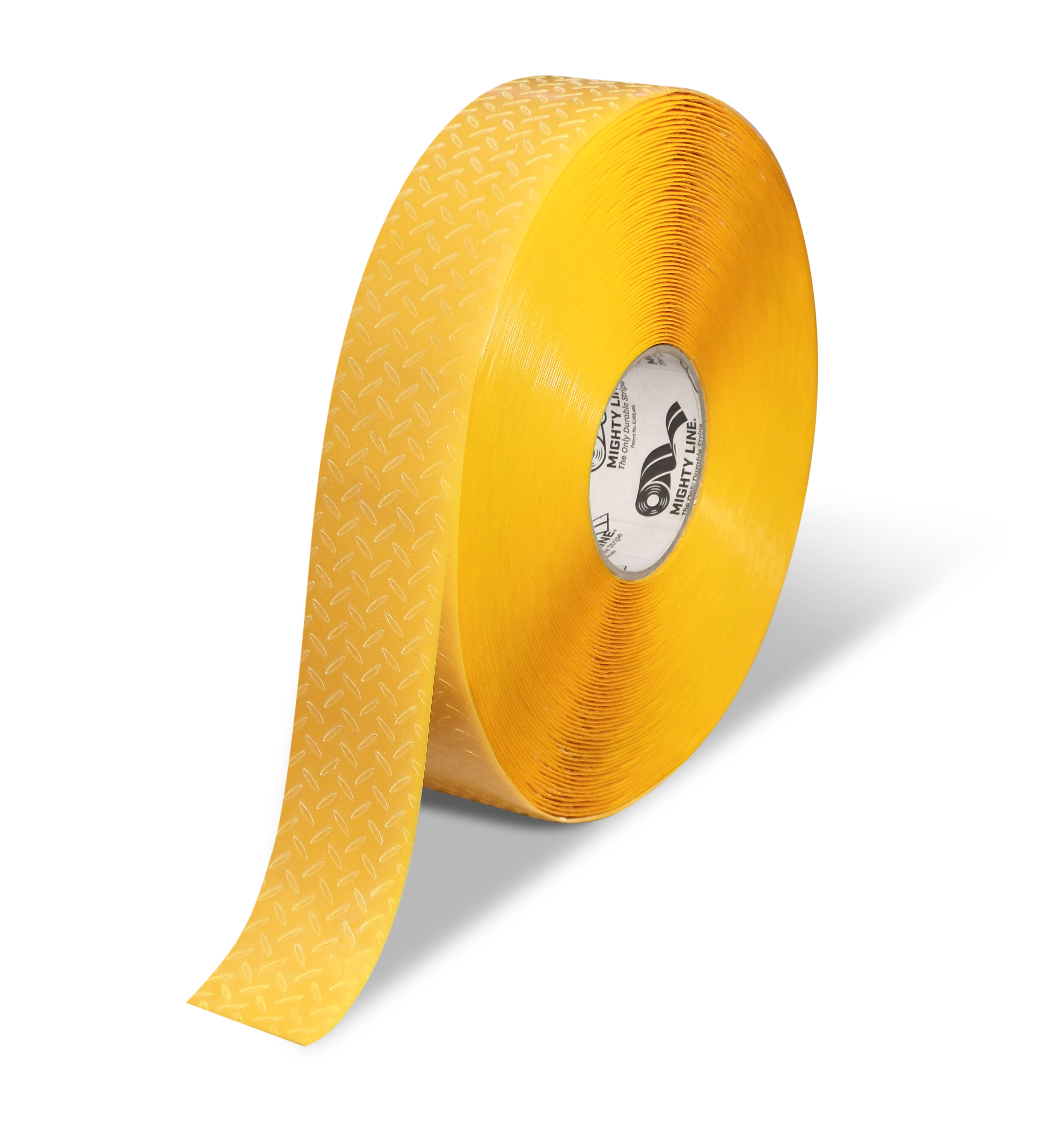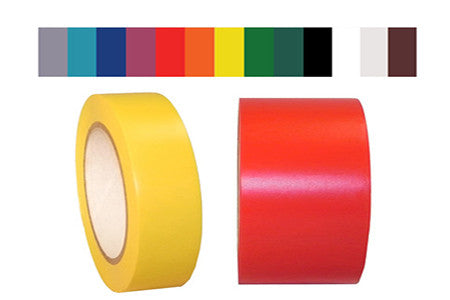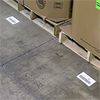Some business owners and managers may think that applying 5S organizational practices into their organization is only for industrial facilities. In fact, 5S practices may be integrated into any type of workspace – from commercial workspaces to industrial workspaces to office workspaces. What's more, 5S is something that applies to every person – low-level employees and managers alike – within the organization.
The best part of 5S is that it applies to any industry. The goals of setting the five 5S pillars in motion in your workplace are similar goals to any company. The act of identifying and eliminating waste will keep your workspace clear of clutter and running at its maximum efficiency.
A great perk to the elimination of excess waste in your area is the impact it will have on safety. When a workspace is more organized, accidents are less likely to occur. As a result, you will see a high impact from the implementation of 5S principles at very low cost to you. Adherence to the standards of the 5S organizational system is the key to kaizen in the workplace. Kaizen, as we discussed in a previous post, is Japanese for “change for better.” Ultimately, this is a practice applied to any facet of life and is deeply engrained in Japanese culture. In business, kaizen refers to the commitment to continuous improvement of all functions of all employees – from the CEO down to the lowest-level employee in the organization.
Adherence to the standards of the 5S organizational system is the key to kaizen in the workplace. Kaizen, as we discussed in a previous post, is Japanese for “change for better.” Ultimately, this is a practice applied to any facet of life and is deeply engrained in Japanese culture. In business, kaizen refers to the commitment to continuous improvement of all functions of all employees – from the CEO down to the lowest-level employee in the organization.
Despite its deep rooting in Japanese principles, 5S is not actually Japanese. The Henry Ford “CANDO” – Cleaning Up, Arranging, Neatness, Discipline, Ongoing Improvement – system is the foundation for 5S, which has evolved to what we know as Lean Management today.
If you can't do 5S, you can't do Lean.
Other posts you may find interesting:
How Lean Thinking Will Transform Your Workplace into a Safer, More Satisfying Environment
The 3 Greatest Moments in 5S History

